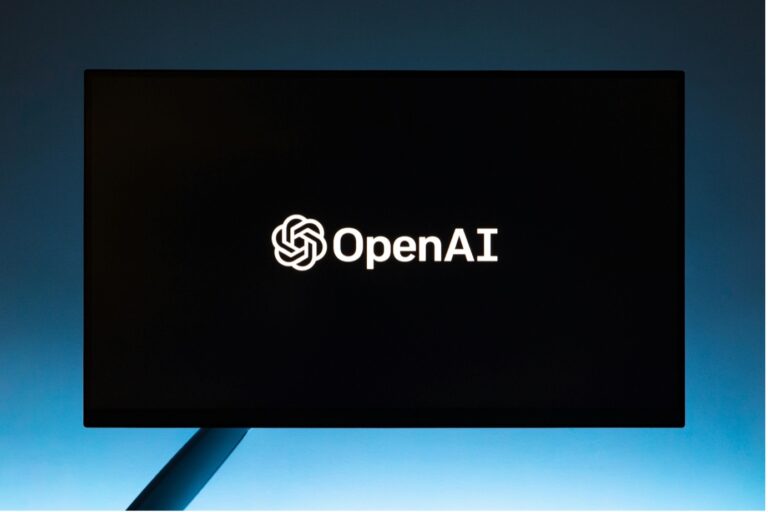Introduction
In an era dominated by rapid technological advancement, artificial intelligence (AI) stands out as a cornerstone of innovation. However, alongside its numerous benefits, AI comes with its own set of challenges, notably AI hallucinations. These erroneous or misleading outputs from AI systems can have significant implications across various sectors including healthcare, finance, and notably, digital marketing. Understanding AI hallucinations is crucial for mitigating risks and harnessing AI’s full potential responsibly.
Understanding AI Hallucinations
Definition and Overview
AI hallucinations refer to instances where AI systems generate incorrect or misleading outputs. This phenomenon can occur across various media including textual, visual, and auditory outputs, rendering AI unreliable under certain circumstances.
Examples of AI Hallucinations
- Textual Hallucinations: These include the generation of inaccurate or completely fictitious information within texts, which can mislead readers and skew data-driven decisions.
- Visual Hallucinations: AI can sometimes create non-existent features in images or misinterpret visual data, leading to incorrect conclusions.
- Auditory Hallucinations: In cases where AI is used to interpret or generate sound, errors can result in miscommunications or false interpretations.
Causes of AI Hallucinations
Diving deeper into the root causes of AI hallucinations, several key factors emerge:
Poor Algorithmic Design
AI systems primarily function on algorithms that are meant to mimic human-like text generation or decision-making. However, when these algorithms prioritize form over accuracy, it leads to the generation of plausible but incorrect or misleading content.
Inadequate Human Oversight
Lack of sufficient human monitoring often exacerbates the issue, allowing AI errors to pass unchecked. This failure in oversight is crucial, particularly when AI is deployed in sensitive fields like healthcare or finance.
Low-Quality Training Data
The adage “garbage in, garbage out” holds particularly true in AI. Systems trained on biased, insufficient, or poor-quality data are more likely to produce hallucinations due to their limited understanding of the real world.
Implications of AI Hallucinations
The repercussions of AI hallucinations are extensive, affecting various aspects of businesses and society:
- Misinformation: Incorrect outputs can lead to the spread of misinformation, affecting decisions and policies.
- Erosion of Trust: Frequent errors can diminish trust in AI technologies, stunting their potential for positive impact.
- Legal and Ethical Issues: Misleading AI outputs can lead to legal battles and ethical dilemmas, particularly if used in critical decision-making processes.
Case Studies
An exploration of real-world incidents helps illustrate the potential dangers of AI hallucinations:
- Business Decisions: In the corporate sphere, a AI-driven financial forecast might predict unfeasible returns based on erroneous data interpretation, leading to misguided strategies.
- Healthcare Misinterpretations: In healthcare, an AI system misinterpreting medical data could lead to incorrect treatment plans, impacting patient health adversely.
Preventing AI Hallucinations
To combat the risks posed by AI hallucinations, several strategies can be adopted:
- Improvement in Algorithmic Designs: Incorporating accuracy checks and refining algorithms to align closely with real-world data can reduce errors.
- Enhanced Human Oversight: Establishing strict protocols for human oversight can help in catching and correcting AI hallucinations early.
- High-Quality Training Data: Using diverse and accurate datasets for training AI models ensures greater reliability and relevance of the AI outputs.
The Role of Continuous Learning and Updates in AI Systems
AI systems, like any technology, require continuous updates and learning to stay effective. Regularly refining AI models with new data and insights helps in minimizing errors and adapting to new information and trends.
Conclusion
AI hallucinations represent a significant challenge in the realm of artificial intelligence. By adopting a balanced approach that emphasizes both innovation and accuracy, we can safeguard against these pitfalls and leverage AI’s capabilities effectively. Awareness and proactive measures are critical to navigating this landscape.









